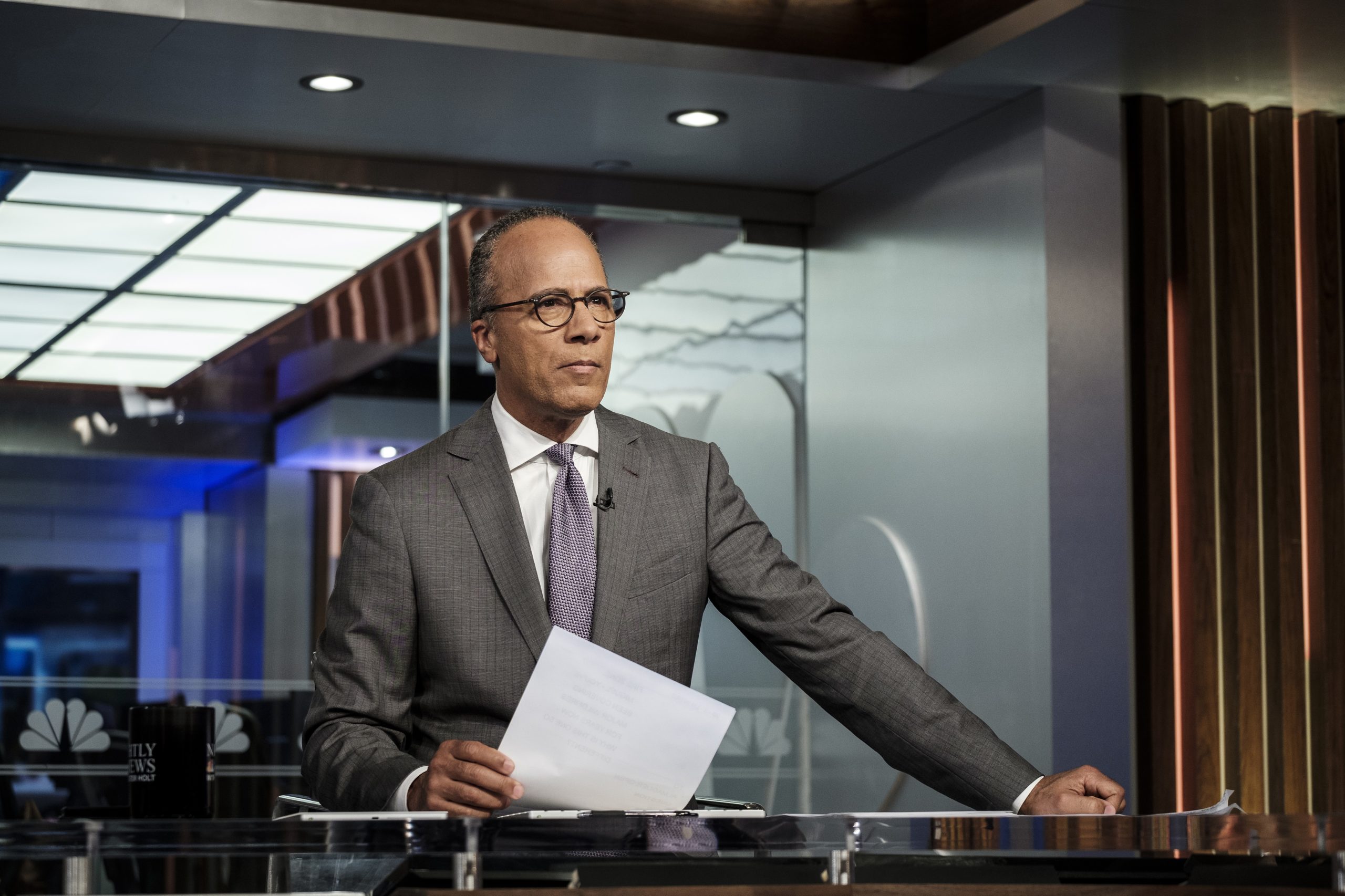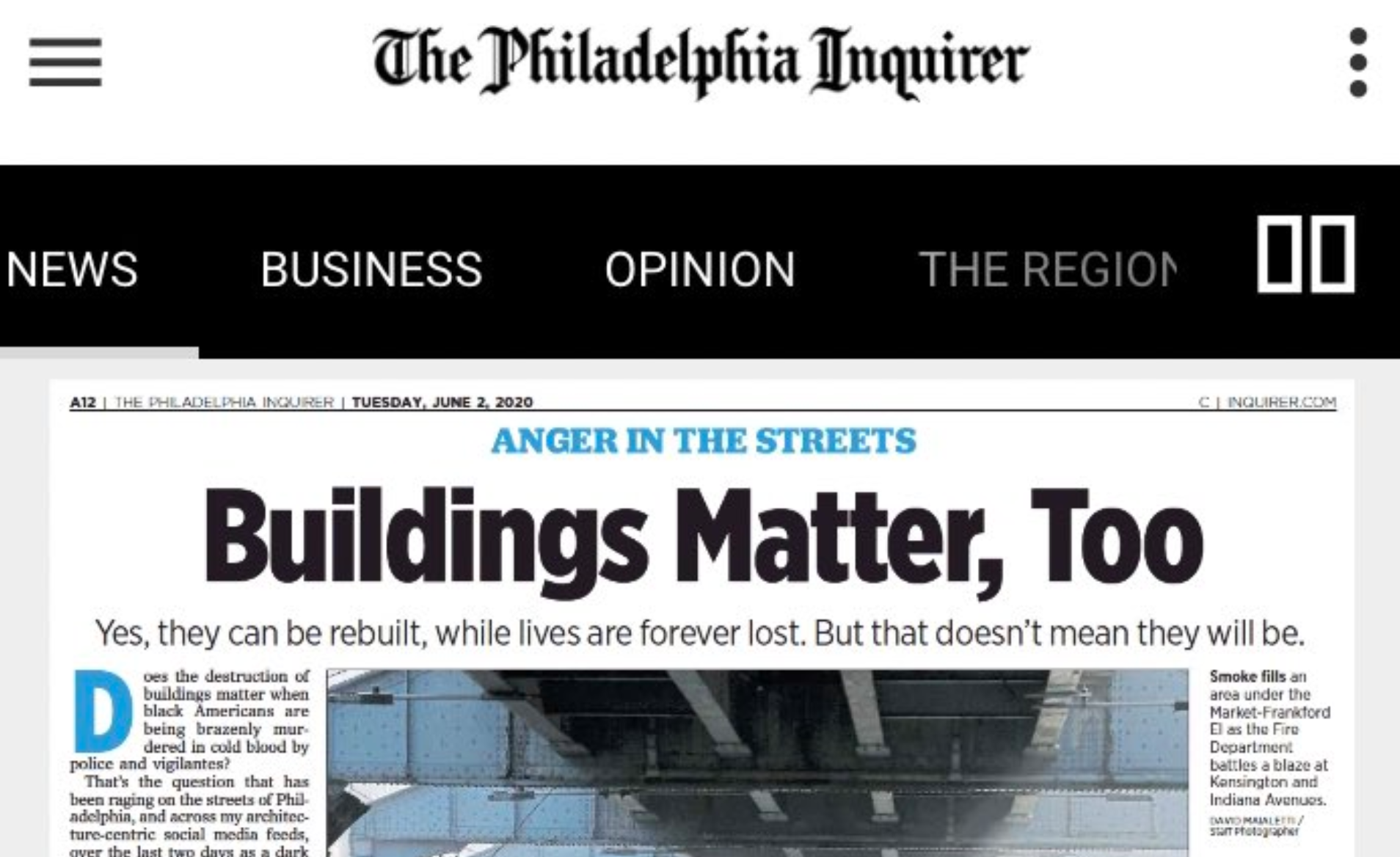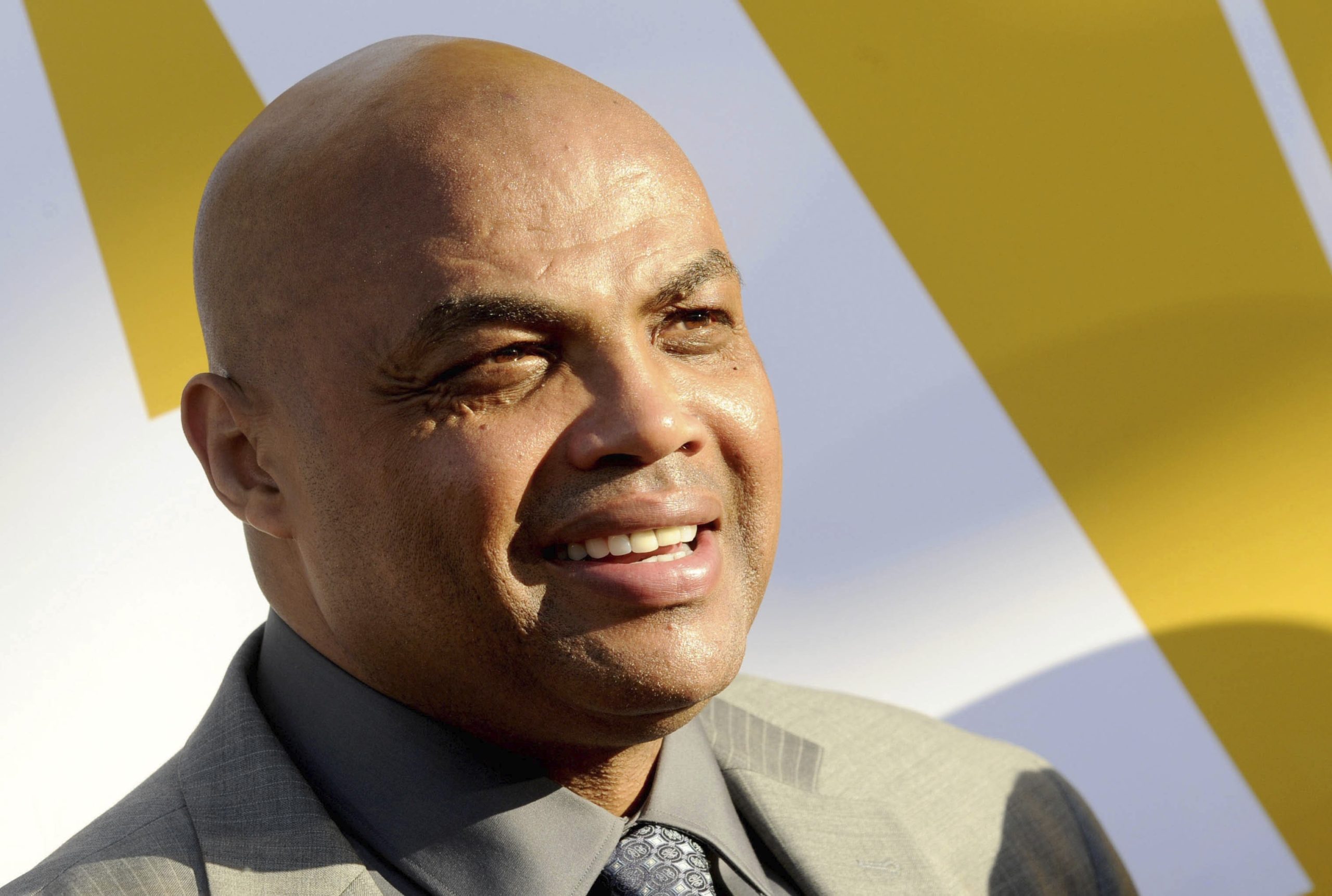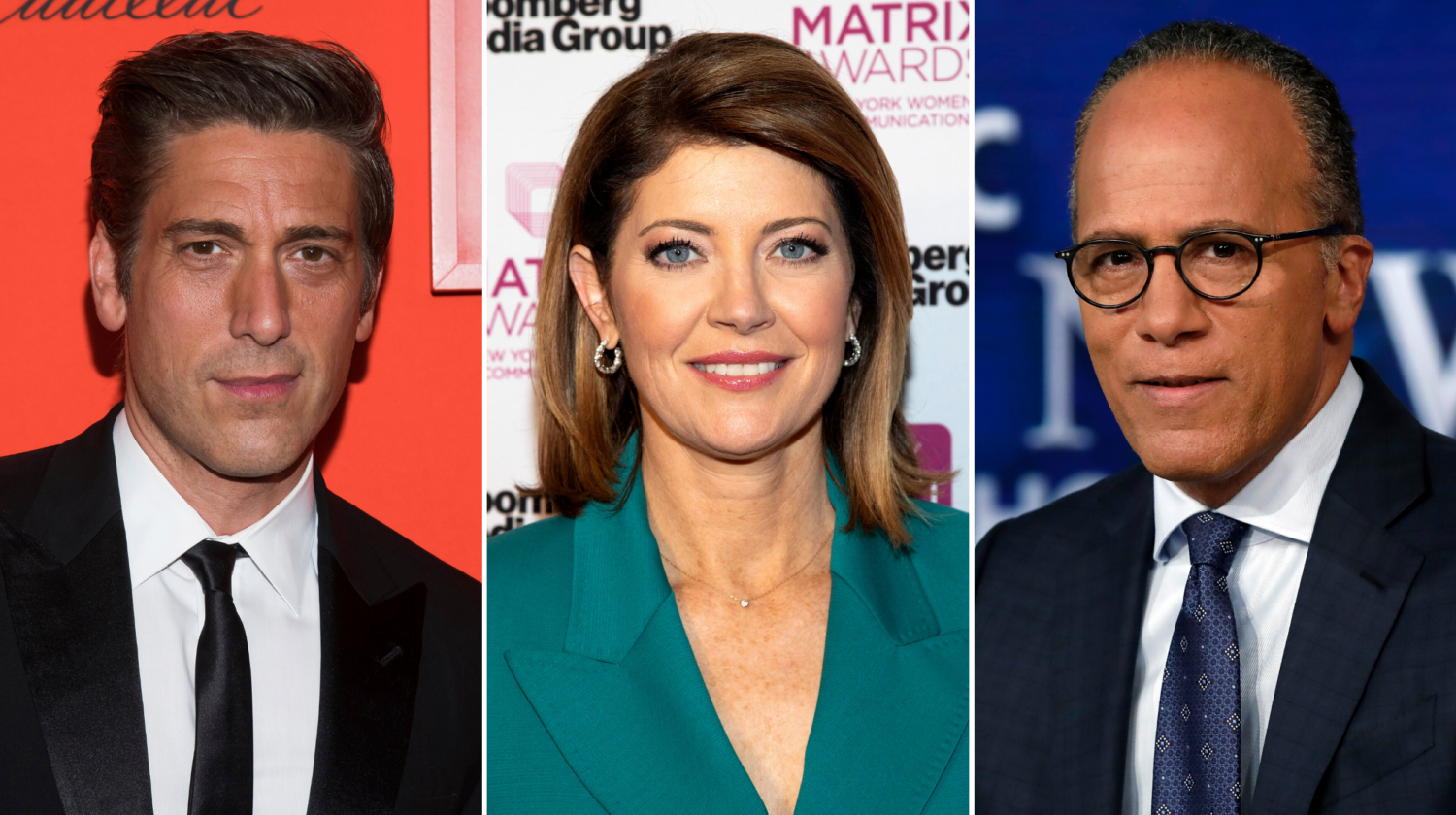The Poynter Report is our daily media newsletter. To have it delivered to your inbox Monday-Friday, click here.
For the past several months, the national evening newscasts have been the most-watched television programs in the country. The nation has turned its eyes by the millions to trusted anchors Lester Holt (NBC), Norah O’Donnell (CBS) and David Muir (ABC) to get the latest information on the coronavirus.
And now another story — the death of George Floyd and the following protests — has gripped the nation, making the evening news as critical as ever.
However, covering this story is not easy for the evening news. The newscasts only have a half-hour and much of the day’s most important events happen at night — in the hours after the nightly news airs.
What is the mission of the nightly news in these times? I asked all three major network anchors that question. Here’s what they had to say:
“Our mission is always to bring the facts and put events in their proper perspective, but given the emotional and volatile nature of this story we all understand tone is extremely important,” Holt told me in an email. “No single person speaks for all and so we are doing our best to capture as many voices as we can and explore what drives this movement.”
Janelle Rodriguez, NBC News’ senior vice president for editorial, told me, “It’s critical for us to take our viewers to the ground where the stories are happening. From Minneapolis and Washington, D.C., to nearly every city from coast to coast, it’s been important for us to be right there on the ground to hear and tell the stories of the people at the center of them. It’s a moment each day to see the bigger picture of what’s happening across this country and connect to the humanity of these stories.”
Over at ABC, Muir came in on his typical off days to anchor the weekend editions of ABC’s “World News Tonight” because he wanted to show the newcast’s commitment to this story. He also anchored a primetime special with Robin Roberts and Byron Pitts on Tuesday.
In an email, Muir told me, “I have always believed one of the most important things we can do as journalists is simply listen. There is real pain in this country and we have to be a place where Americans know their voices will be heard. This is a difficult time and there has been a prolonged heaviness, multiple crises at once, and we cannot hide from that. Viewers have an expectation that we will, with steadiness and great care, guide them through. I do hope the facts, the truth, no matter how dire, will in some small way, reduce some of the anxiety. Perhaps we can be one of the few constants in an unsteady time. That’s my hope.”
And O’Donnell pointed to CBS’s team coverage as being the key.
“The mission of the ‘CBS Evening News’ remains the same — to provide the most trusted news broadcast with the most up-to-date information,” she said. “We’ve been on top of this story from the very beginning, leading with Jeff Pegues on the ground in Minneapolis. For the past several nights, we’ve also been live through our West Coast feed and have provided updates on social media, as well as on CBSN, our 24-hour streaming service.”
O’Donnell added, “We also believe our mission is to provide our viewers context, depth, and clarity. To get beyond the headlines, we’ve spoken to African American business owners and clergy in Minneapolis, have featured prominent African American voices, including Smithsonian director Lonnie Bunch and CBS News Special Correspondent James Brown, and looked to history to provide important perspective. We believe this is one of the most consequential moments in American history and as Lonnie Bunch told us, we’re at a tipping point. We want our audience to turn to us for sober, fact-based reporting that will help provide greater understanding.”
George Floyd memorial coverage

NBC anchor Lester Holt, who will be in Minneapolis for George Floyd’s memorial service today. (Courtesy: NBC News)
There will be a memorial service in Minneapolis today for George Floyd and most of the networks have planned special coverage.
NBC will have live coverage beginning at 2 p.m. with Lester Holt in Minneapolis, where he also will anchor the “NBC Nightly News” and host a one-hour special, “America in Crisis,” that will air at 10 p.m. Eastern on NBC and NBC News NOW.
“Minneapolis is where the crime was committed, and it’s where justice will take place,” Holt told me, about why he is going to Minneapolis. “It’s also where the story takes its next major turn as the movement chooses its next step. We are always better as a broadcast when we can shine the light on major events there on the ground. For over a week we’ve heard the passionate cries for change. Now we want to be there to see and hear how those cries are answered.”
CBS’s live coverage will be anchored by Norah O’Donnell, who also will anchor the “CBS Evening News” from Minneapolis.
ABC News will have live coverage with Linsey Davis and Alex Perez reporting from Minneapolis. The memorial service will be shown on ABC and ABCNews.com. There will be further reports on “World News Tonight,” “Nightline,” and “Good Morning America.”
[the_ad id=”667826″]
Where was Fox News?
Barack Obama spoke in a virtual town hall Wednesday afternoon to talk about the death of George Floyd, police conduct and race. His town hall was aired on both CNN and MSNBC. It was not, however, aired on Fox News.
You would think that the only African American president in U.S. history commenting on race on camera for the first time since the death of Floyd would be especially newsworthy, and yet Fox News chose to not air it.
Now, let’s be honest, you could argue that what Obama has to say is not of interest to many Fox News viewers. And yet, Fox News’ “The Five” did try to comment on Obama’s comments after airing a brief clip. So it was important enough to comment on, but not important enough to air?
And to show just how ridiculous the segment was, even Dana Perino had to say that she couldn’t comment on Obama’s comments because she was on the air while Obama was speaking.
Fox News did not respond to requests for comment on why Obama’s town hall wasn’t aired.
A headline controversy

(Screengrab, Philadelphia Inquirer)
I’m always hesitant to jump on headline writers. It’s a tough, stressful job, and I typically look to give them the benefit of the doubt. Having said that, The Philadelphia Inquirer badly bungled a headline on Tuesday.
Many buildings, properties and businesses in Philadelphia have been damaged and destroyed in recent days. In a column, the Inquirer’s Inga Saffron wrote about the devastating and lasting impact destruction can have on a city and community. But the print headline was incredibly tone-deaf and offensive:
“Buildings matter, too”
What?! Playing off “Black Lives Matter,” the Inquirer’s headline drew immediate criticism.
Ernest Owens, vice president of print for the Philadelphia Association of Black Journalists, said in a statement, “By co-opting the activist battlecry ‘Black Lives Matter’ for a tone-deaf headline, (The) Philadelphia Inquirer antagonized an already intense national conversation on race. Sensitivity for Black communities and readers right now in the middle of protests against racial injustice should weigh more than ignorant editorial punchlines.”
The headline not only drew criticism from outside the Inquirer, but among the staff.
Reporter Melanie Burney tweeted, “So this happened @PhillyInquirer where I am a reporter. I’m embarrassed and the paper should be, too. This headline is offensive and insensitive to what is happening around the country. No excuses. #DiversityMatters #NABJ #blackjournalists”
Staff writer Amy S. Rosenberg tweeted, “This headline is gross, embarrassing and offensive. The staff just finished a painful two hour meeting w/ top editors. Thank you to my black colleagues for all you do for the Inquirer. We need more black journalists and we need to pay them better – pay disparities persist.”
Reporter Allison Steele tweeted, “Hard to convey the level of shame and anger among many of us at the Inquirer. I am sorry to my colleagues and to our readers for the pain this has caused.”
Ray Boyd, the Inquirer’s deputy editor for audience engagement, tweeted, “Building trust with our audience is my number one mission at The Inquirer, particularly underserved communities of color in this city. They deserve much better and we must deliver on that.”
Editorial writer Abraham Gutman tweeted, “This is what happens when a newsroom doesn’t look like the city it covers.”
In response to a tweet complaining about the headline, Inquirer executive editor Stan Wischnowski tweeted, “Your criticism is fully warranted. That headline should not have been published by @PhillyInquirer. We’ve addressed this internally and we’re deeply committed to preventing these types of missteps in the future.”
But there’s more to this story. After complaints about the print headline, another tone-deaf headline for the same column appeared online. This one said, “Black Lives Matter. Do buildings?” That headline stayed up for several hours until it was replaced with, “Damaging buildings disproportionately hurts the people protesters are trying to uplift.”
An editor’s note under the headline read, “A headline published in Tuesday’s Inquirer was offensive, inappropriate and we should not have printed it. We deeply regret that we did. We also know that an apology on its own is not sufficient. We need to do better. We’ve heard that loud and clear, including from our own staff. We will. A detailed explanation of how we got this so wrong will follow later today.”
As of Wednesday evening, the Inquirer had not published that explanation. I expect to follow up on this story later this week.
Why it matters
More police attacks on the press in recent days.
Two journalists from the Associated Press (broadcast producer Robert Bumsted and photojournalist Maye-E Wong) were shoved by police in New York City even after telling them that they were journalists, who are exempt from curfew orders. One officer told one of the journalists, “Get the (expletive) out here you piece of (expletive).” Another policeman said, “I don’t give a (expletive).”
A HuffPost reporter tweeted his story (including video) of being arrested by New York City police, again, even after telling them he was a journalist. Christopher Mathias was shoved to the ground, cursed out and not allowed to retrieve his phone, which kept recording and was returned to him by someone who found it.
In St. Petersburg, Florida, two journalists for the Poynter-owned Tampa Bay Times (Divya Kumar and Jay Cridlin) were briefly detained by police. Kumar was knocked down and suffered bruises on her elbow.
Journalists being arrested or detained should not be the focus of what’s going on at this moment in time. The attention should be on the death of George Floyd, the treatment of people of color by the police, racial inequality and the responses of authorities and leaders.
In a column for Columbia Journalism Review, Amanda Darrach writes, “We must stop focusing on ourselves. The journalist breathlessly detailing their own victimhood has become a sub-genre of a story that is, and should be, about the killing of George Floyd, its systemic causes, and the chaotic hostility of a president who fetishizes violence perpetrated by the strong over the weak (from the safety of his bunker).”
Darrach also writes — and I agree — that the focus must remain on those who can’t publicize the stories themselves.
However, we also should not ignore these attacks on the media. I’ve written this several times now, but if journalists aren’t there to tell the stories of what’s happening, who will be there? It has become a favored saying of late, maybe even a cliche, but this message is true: “First, they came for the journalists. We don’t know what happened after that.”
[the_ad id=”667872″]
Worth noting
Many New York Times employees (as well as those outside the company) slammed the Times’ decision to run this op-ed from Tom Cotton, the Republican senator from Arkansas. Cotton advocates invoking the Insurrection Act so that military troops can stop what Cotton calls “rioters.”
The backlash on Twitter on Wednesday night was pretty heated. Just search Twitter for “Cotton” and “Times” and settle in for a while. Many staffers of the Times tweeted, “Running this puts Black @nytimes staff in danger.”
Don’t miss this

Basketball analyst Charles Barkley. (Dennis Van Tine/STAR MAX)
For me, this will be must-see TV: TNT will televise a one-hour live edition of “Inside the NBA” tonight at 8 p.m. Eastern. Topics will center on race and society. Under normal circumstances, this is the best sports studio show in all of television. Analysts Charles Barkley, Kenny Smith and Shaquille O’Neal, along with exceptional host Ernie Johnson, provide some of the most thoughtful, entertaining and insightful commentary in sports.
However, they are especially relevant when talking about subjects that are outside the basketball lines. I expect this conversation tonight to be critically important in helping us understand where we are, how we got here and where we go next.
Hot type
- The New York Times’ Tim Arango with “In Los Angeles, the Ghosts of Rodney King and Watts Rise Again.”
- Monday is a day that we might look back on for years — when peaceful protestors in Washington, D.C., were tear-gassed and moved back so that President Donald Trump could speak in the Rose Garden and then stand in front of a church near the White House for a photo-op. The Washington Post’s Dan Zak, Monica Hesse, Ben Terris, Maura Judkis and Travis M. Andrews with “‘This Can’t Be Happening’: An Oral History of 48 Surreal, Violent, Biblical Minutes in Washington.”
- Writing an opinion piece for The Hill, Joe Ferullo asks, “George Floyd dying, rioters looting: What image will decide our future?”
- The Associated Press’ Julie Carr Smyth with “US Legislatures Slow to Pass Laws Limiting Use of Force.”
- From The Atlantic: “James Mattis Denounces President Trump, Describes Him as a Threat to the Constitution.”
Have feedback or a tip? Email Poynter senior media writer Tom Jones at tjones@poynter.org.
[the_ad id=”667878″]
More resources for journalists
- Subscribe to Alma Matters – Poynter’s new newsletter for college journalism educators
- Journalism job openings — Poynter’s job board
- Why Creating an Inclusive Newsroom in the Time of COVID-19 is Urgent: June 4 at 2 p.m. Eastern — IRE (Investigative Reporters and Editors)
- Take this survey to help researchers understand how job-related stress and life history relates to journalists’ abilities to do their jobs and live happily. A donation of $1 will be made to the Committee to Protect Journalists for each person who completes it.
Want to get this briefing in your inbox? Sign up here.







